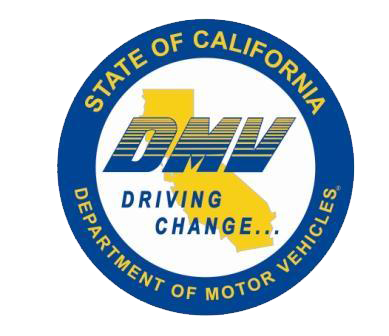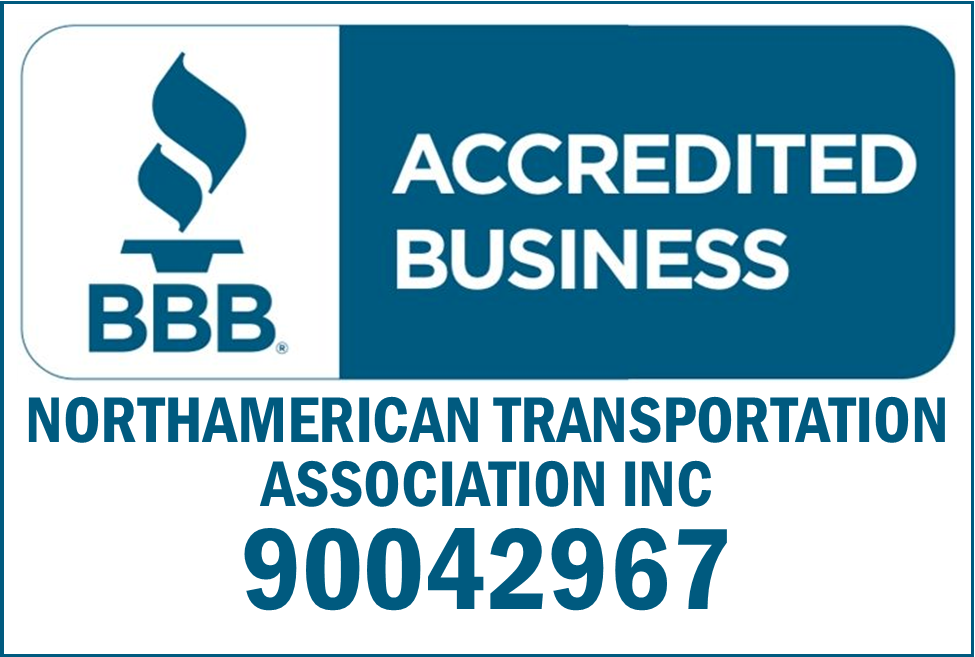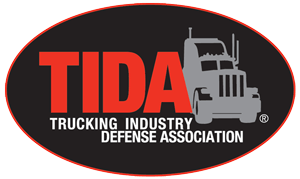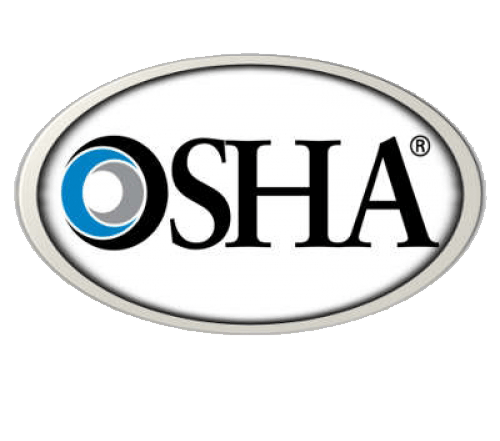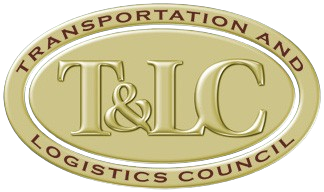EPA Finalizes Heavy Truck Emissions Standards
On March 29, 2024, the Environmental Protection Agency (EPA) announced long-anticipated Phase 3 greenhouse gas emissions standards for heavy-duty trucks, buses and other large vehicles. EPA officials said the new standards will directly target the North American trucking industry, which the agency said is one of the largest producers of greenhouses gas emissions.
The reduction of greenhouse gas emissions into the atmosphere is critical for combating climate change. EPA said the enaction of these new standards will prevent one billion tons of greenhouse gas emissions over the next three decades.
Additionally, the agency said, the regulations will provide Americans with $13 trillion in savings due to reduced healthcare, lost workdays and early deaths caused by pollution-related illnesses.
The new standards will especially benefit approximately 72 million people in the U.S. living near heavily traveled freight routes used by trucks and other diesel-powered vehicles.
“Heavy-duty vehicles are essential for moving goods and services throughout our country, keeping our economy moving,” Michael Regan, administrator, EPA said. They’re also significant contributors to pollution from the transportation sector — emissions that are fueling climate change and creating poor air quality in too many American communities.”
Strict New Standards
As expected, the new emissions standards will take effect beginning with the 2027 model year for new trucks. The first phase of these standards will run through 2032.
In the face of recent pushback on the timing and cost of implementing such a massive shift away from diesel-powered trucks, EPA noted that it believes the Phase 3 standards are “appropriate and feasible considering lead time, costs, and other factors.”
The rules are complex and will depend on the type of vehicle being used and what applications it works in. But the changes are still extreme: 30% of what the agency defined as “heavy-heavy-duty vocational” trucks are required to be zero-emission vehicles by 2032, according to the new regulations. At the same time, the standards require that 40% of day cab trucks be zero emission vehicles.
EPA argues in the 1,155-page summary of the new regulations that the final rule is “less stringent” and increase at a “slower place” than the proposed rule. For example, in the final rule, day cab emissions standards begin with the 2028 model year.
Whereas “heavy heavy-duty” vocational vehicle standards begin in the 2029 model year. Final standards for sleeper cab models begin with the 2030 model year. But, EPA argues, these standards are “less stringent than proposed in that year and in MY 2031, and equivalent in stringency to the proposed standards in MY 2032.”
EPA said its updated analyses for the final rule show that model years 2031 and 2032 GHG standards are “feasible and appropriate considering feasibility, lead time, cost, and other relevant factors.”
A Mixed Emissions Bag
Overall, Phase 3 rules are about what was to be expected from EPA. In some aspects, the rules are stricter than those proposed by the agency last year. The proposed rule, for example, had 2032 as the deadline for getting 25% of long-haul trucks to be zero-emission vehicles. The same proposal mandated that 35% of all regional tractors and 50% of vocational vehicles be zero—emission vehicles in the same time frame. Overall, under the proposed rule, these would lead to 40% of all heavy-duty trucks in the U.S. being zero emission vehicles before 2033.
Under the Final Rule, however, Phase 3 standards begin in model year 2027 with medium-duty trucks and a 13% increase and a 17% increase for light heavy-duty vocational vehicle standards.
Day cab tractor Phase 3 standards begin with the 2028 model year and an 8% increase in stringency over the Phase 2 standards.
What EPA calls “heavy heavy-duty” vocational standards begin in the 2029 model year with a 13% increase over Phase 2. Sleeper cab tractor standards begin in model year 2030 with a 6% increase over Phase 2.
Each vehicle category then increases in stringency each year, running through the 2032 model year. At that point, compared to Phase 2, light heavy-duty vocational standards are a 60% increase in stringency of the CO2 standard.
Medium heavy-duty vocational vehicle standards experience a 40% increase. Day cab standards increase by 40%. Heavy heavy-duty vocational standards increase by 30%. And sleeper cab standards go up by 25%.
In the Final Report summary, EPA noted that, “Our assessment is that setting this level of standards starting in MY 2032 achieves meaningful GHG emission reductions at reasonable cost, and that heavy-duty vehicle technologies, charging and refueling infrastructure, and critical minerals and related supply chains will be available to support this level of stringency (as many commenters agreed with and provided technical information to support). Our assessment of the final program as a whole is that it takes a balanced and measured approach while still applying meaningful requirements in MY 2027 and later to reducing GHG emissions from the HD sector.”
The Trucking Industry Reacts
Reaction to the Phase 3 Final Rule from the trucking industry was swift and generally negative.
The American Trucking Associations issued a statement noting that it opposes the rule in its final form. ATA insists the post-2030 targets remain "entirely unachievable given the current state of zero-emission technology, the lack of charging infrastructure and restrictions on the power grid. Any regulation that fails to account for the operational realities of trucking will set the industry and America’s supply chain up for failure.”
"Given the wide range of operations required of our industry to keep the economy running, a successful emission regulation must be technology neutral and cannot be one-size-fits-all," said Chris Spear, president and CEO, ATA.
“The trucking industry is fully committed to the road to zero emissions, but the path to get there must be paved with commonsense. While we are disappointed with today’s rule, we will continue to work with EPA to address its shortcomings and advance emission-reduction targets and timelines that are both realistic and durable.”
In a press statement the National Association of Truck Stop Owners said, “Unfortunately, today's Final Rule represents only a modest improvement from the proposed rule. The Administration's Final Rule does not adequately consider the challenges that fuel retailers face in transitioning to heavy-duty truck electrification. The Administration's Final Rule also does not recognize the need to support lower carbon alternatives to diesel fuel that are currently commercially viable, such as biodiesel and renewable diesel.
"To support the full electrification of long-haul vehicles, fuel retailers will need to invest $57 billion to build out a sufficiently dense long-haul charging network, according to a recent study released by Roland Berger. To electrify all medium and heavy-duty vehicles, fleets and charge point operators will need to invest $620 billion into chargers, site infrastructure and utility service costs.
"Off-highway refueling locations will need dozens of fast-chargers to service heavy-duty trucks. The charging capacity required at a single large truck stop would be roughly equivalent to the electric load of an entire small town. Considering that utilities will need to invest $320 billion to upgrade the nation's power grid, we remain unconvinced that the electricity providers will be able to increase generation and transmission activity to service that kind of load at scale within ten years.”
Likewise, the Clean Freight Coalition denounced the Phase 3 Rule, noting that regulation that will require the adoption of zero-emissions commercial vehicles at a pace that isn’t possible due to the limits of today’s technology.
“Today, these vehicles fail to meet the operational demands of many motor carrier applications,” the group said in a press release. “They will reduce the payload of trucks and thereby require more trucks to haul the same amount of freight, and lack sufficient charging and alternative fueling infrastructure to support adoption.
In addition, battery electric motorcoaches have a reduced range and capacity compared to diesel buses. These commercial vehicles are in their infancy and are just now being tested and validated with real world-miles.”
The GHG Phase 3 rule will have detrimental ramifications to the commercial vehicle industry, the group added, noting that many small and large businesses, commercial vehicle dealers and their customers.
“A recent study contracted by the CFC demonstrated that fully electrifying the nation’s medium- and heavy-duty commercial vehicles will cost motor carriers $620 billion in charging infrastructure alone,” the statement added. “That does not include the vehicle cost which increases by 2-3 times compared to a diesel truck.
For example, today’s diesel class 8 truck costs roughly $180,000 compared to an electric truck’s price tag of $400,000, and for motorcoaches, today’s diesel costs $600,000 compared to $1.5 million for battery electric – costs that will ultimately be borne on the backs of consumers.
On top of the costs to the truck and bus industries, utilities and the government will need to invest $370 billion to upgrade their networks and the power grid to meet the demands of the commercial vehicle industry alone, putting the price tag for an electric supply chain at nearly $1 trillion before one battery-electric commercial vehicle is purchased.”


